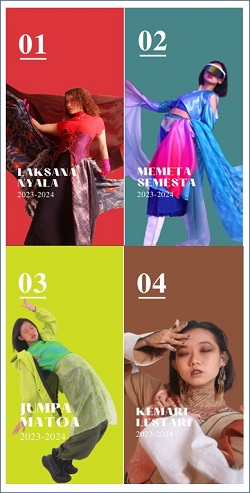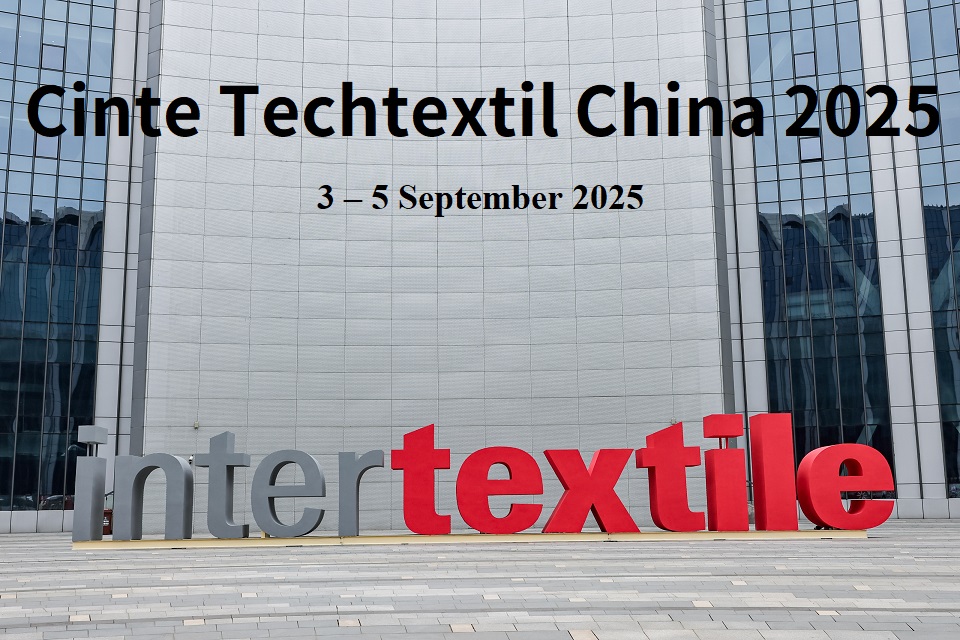There are no articles in this category. If subcategories display on this page, they may have articles.
ADVETORIAL
Unduhan Terbaru
Berita Populer
- Industri Tekstil Tumbuh 7,43% di Kuartal III/2024 Meski Banyak Pabrik Tutup: Peran Restriksi Perdagangan
- Perpaduan Teknologi dan Tenun Tradisional: Sebuah Inovasi Terbaru
- Menuju Masa Depan Berkelanjutan: Inovasi Teknologi Tekstil Ramah Lingkungan
- Tantangan Berat Menanti Industri Tekstil Indonesia di Tahun 2024
- Industri Tekstil Indonesia: Tantangan dan Peluang di Awal Tahun 2024





